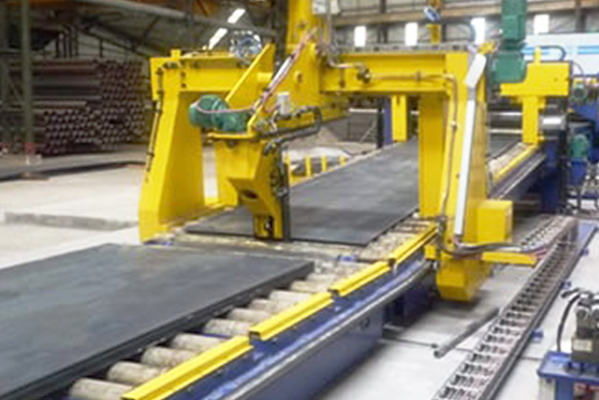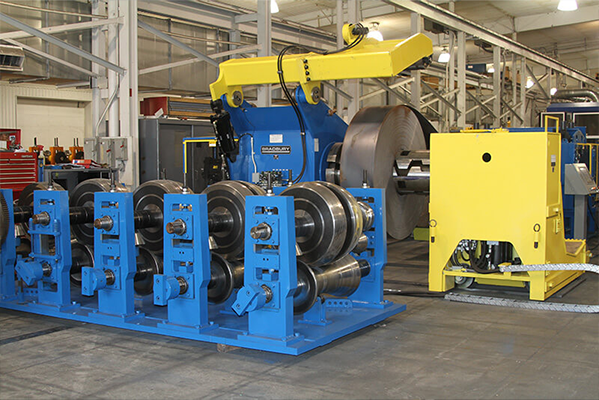Navigation Menu
Contact Us
- Email:
- info@wxavatar.com
- Address:
- Yurong Village, Yuqi Street, Huishan District, Wuxi, China.
Release Date:Jun 20, 2025 Visit:44 Source:Roll Forming Machine Factory
In recent years, supply chain challenges have affected multiple industries, and the railroad component sector is no exception. From raw material shortages to transportation delays, several factors are reshaping how railroad components are produced, shipped, and delivered. So, how are these supply chain issues impacting the timely supply of railroad components?

Raw Material Availability
One of the primary concerns is the fluctuating availability of raw materials. Steel, specialized alloys, and other essential materials used in railroad component manufacturing are sometimes in short supply due to global production shifts and fluctuating demand. When raw materials become harder to source, production timelines can be extended, which directly delays component deliveries.
Transportation Disruptions
Shipping delays have also become a common issue affecting railroad component deliveries. Port congestion, container shortages, and limited transportation capacity have made it more challenging to move goods efficiently across regions. Whether components are shipped by sea, rail, or road, longer transit times can disrupt delivery schedules and impact project planning.
Increased Lead Times
With supply chain bottlenecks affecting both materials and logistics, manufacturers often experience increased lead times for critical parts. This means that rail operators and equipment producers must plan further in advance to secure the components they need. In some cases, longer wait times can lead to delayed maintenance schedules or postponed rail system upgrades.
Higher Procurement Costs
Supply chain challenges have also contributed to higher procurement costs. The rising prices of raw materials and transportation services can lead to increased expenses for manufacturers. These additional costs may be passed on to buyers, adding financial pressure to rail projects that depend on timely and cost-effective component deliveries.
Inventory Management Adjustments
To cope with uncertain supply conditions, some companies have adjusted their inventory strategies. Maintaining higher stock levels of essential railroad components has become a more common practice to minimize the risk of production delays. However, holding large inventories can increase storage costs and requires careful demand forecasting.
Supplier Diversification Efforts
Railroad equipment manufacturers are also working to diversify their supplier networks to reduce dependency on single sources. By establishing relationships with multiple suppliers in different regions, companies aim to create more flexible procurement options and limit the impact of supply chain disruptions on their delivery schedules.

Conclusion
Supply chain challenges are currently having a noticeable impact on the delivery of railroad components. Delays in raw material sourcing, transportation disruptions, longer lead times, and increased costs are all shaping how manufacturers and buyers manage their operations. As the industry adapts, companies are exploring new strategies to maintain reliable supply chains and minimize the effect of ongoing disruptions.